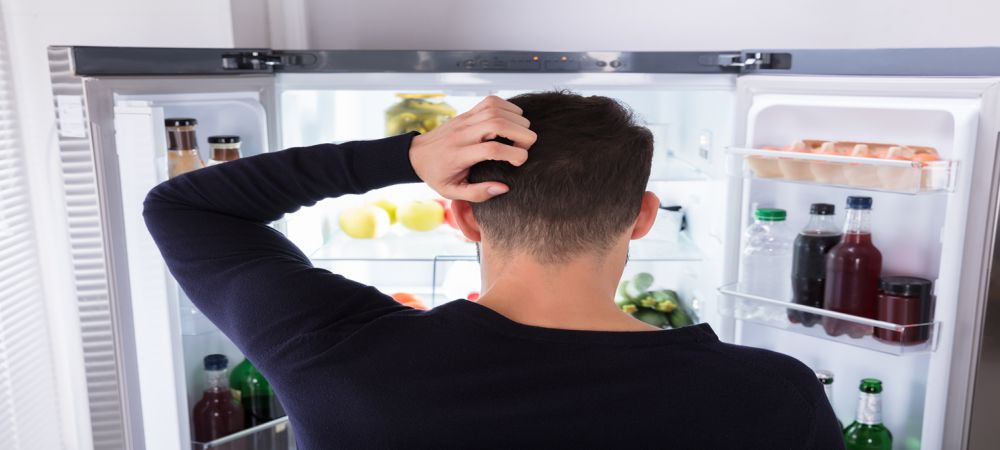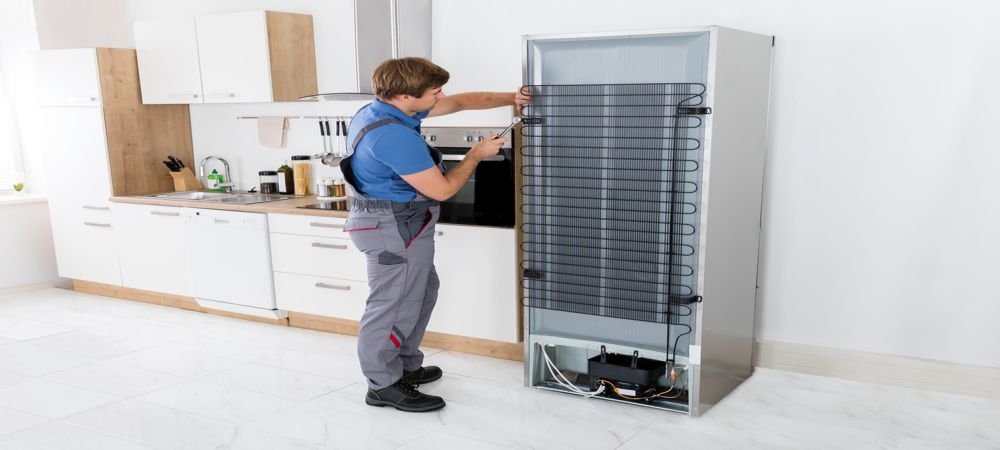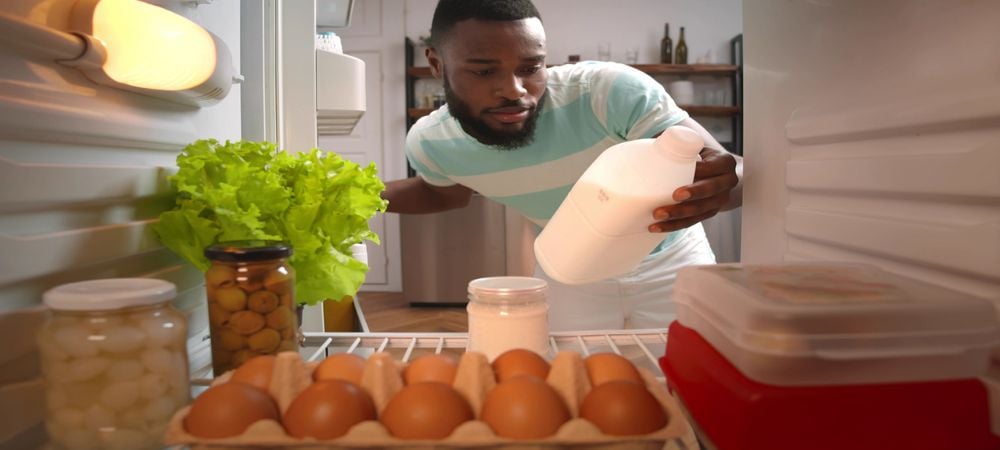Like many appliances, the refrigerator is an afterthought. It is there but rarely noticed – until it fails to keep your food and drinks cool or frozen. You can only hope that the technician could come on time and prevent the looming spoilage, leaving your food to waste. Do take some of these steps to diagnose the cause of the problem before you make the phone call.
Diagnosing Fridge Not Cooling and Solutions
Take the time to think through the possible reasons why your fridge is not cooling. Once you find the cause of the problem, you can fix some of them yourself.
1. Is the fridge powered?
Sometimes, the simplest solution is the one that we fail to see. So, yes. It has happened – a technician coming to find that the fridge was unplugged. So, check and make sure yours is plugged in securely. While at it, inspect the cord to make sure there are no cuts.
If there is still no power, then go check the electrical panel. Check the refrigerator breaker and make sure it is in the “on” position.
2. Is the fridge door gasket still in good condition?
Barring any issues with power, the most common reason for refrigerators not cooling is a faulty door gasket. This problem is prevalent among old appliances. The longer the years of service, the more likely the gaskets loosen or get torn.
A slight leak, in the beginning, may not be noticeable – although it adds to the electricity bill. In time, the damaged gasket gets worse until the fridge could no longer keep cool.
A visual inspection of the gasket may reveal torn sections. If there is no sign of damage, you can still do one test to see if it is too loose. Insert a paper bill between the door and the fridge, and pull it out. You should feel a resistance, which means that part is sealed. Testing the full length of the gasket takes time, but that helps you eliminate it as the reason why the fridge is not cooling.
If it so happens that you could pull the paper money out easily, then you know the gasket is too loose.
Can you replace the gasket yourself?
Sure. You can order a replacement and install the new gasket. The instruction manual that came with your refrigerator should contain instructions on how you can do that.
3. Are the condenser coils clean or dirty?
All refrigerators use a refrigerant, found in condenser coils, to lower the temperature in the fridge and the freezer. These coils are exposed, which is why they can get dirty and clogged quickly.
For most brands and models, you can find the condenser coil at the back of the appliance. If it is not there, then look at the underside. The chances are high that you would see an accumulation of dust, hair, and other debris.
If it looks excessively dirty, then this might be the reason why your fridge is not able to maintain the desired temperature. You can, of course, clean it yourself.
First of all, unplug the fridge. Use a condenser brush (which you can order online) to loosen dirt and grime from the coils. You can clean the floor later by sweeping or vacuuming.
Cleaning condenser coils should be done every six months to maintain optimal cooling. It is easy to accomplish and helps keep efficient energy use. However, it can be a challenge if the coils are located on the underside.
Related article: How to Fix Your Fridge Leaking Water Problem
4. Did you accidentally turn the thermostat dial?
For most refrigerators, the default temperature is 1°C to 3°C – which is more than good enough to preserve food. In older or lower-end models, the thermostat dial is located inside the fridge. Is it possible that you may have unwittingly turned the dial while putting in groceries?
Other refrigerator models have external thermostat control. Although unlikely, it is still possible to change the settings if you were to lean on it – for some reason. Use the lock setting (if available) to prevent accidental changes.
5. Is the fridge filled to the brim with no more air space?
If the refrigerator is overflowing with food, it will have a difficult time keeping the inside cool. You would notice that items stacked near the top can be kept cold (or near freezing), while the bottom part does not get cold.
So, what happened?
Cold air from the top could not reach the bottom part because of too many items inside the fridge. You should reduce the groceries to allow for better air circulation.
6. Have you checked the vents?
One other thing you can check is the vents. These elements are located between the freezer and the chiller and are where cold air passes through.
Could it be possible that some foreign object or tiny chunks of ice are causing a blockage?
To take care of this problem, you should defrost the refrigerator.
7. Is the condenser fan working?
Your refrigerator has a condenser fan that cools down the compressor and the condenser coils. If it fails to work, the compressor may get overheated as the temperature inside the fridge rises.
With many brands, the condenser fan can be found beside the compressor and the condenser coils. See if the fans are moving freely. You can, of course, use a piece of cloth and vacuum to clean if it is too dirty.
If the fans are not moving, and there are no foreign objects that hinders its movement, then the fan motor is faulty. For this, you want to have a technician come over to troubleshoot and replace the motor.
8. Is the evaporator fan inside the fridge working?
Your refrigerator has an evaporator fan which cools the evaporator coil by blowing air inside around. Each time you open the door, you feel some cool air – that is the handiwork of the evaporator fan.
As you can expect, if this fan fails, the fridge would not be able to produce cool air.
If you suspect something is wrong with the evaporator fan, you can try to see if there is anything lodged that stopped it from turning.
Can you replace the evaporator fan yourself?
You could certainly try it. First, you do have to unplug the fridge and take out everything in the freezer. Next, remove the evaporator panel. You now have access to the fan and can see if there are foreign objects or broken blades. To replace, you can remove the clips to release the defective unit and replace it with a new one.
When to Call Prime Appliance Repairs
As you can see, some of the possible reasons causing your fridge not to cool are easy to diagnose and fix. However, other issues may be too complex for you. In this case, do contact Prime Appliance Repairs if you live in Toronto.
When your fridge fails to maintain the proper temperature, there may be other reasons that were not mentioned in this article – start relay and start capacitor, for example. Hiring professionals can save you the hassle, and they can do the repairs quickly. As a testament to the quality of its service, the company is offering a 6-month warranty.











